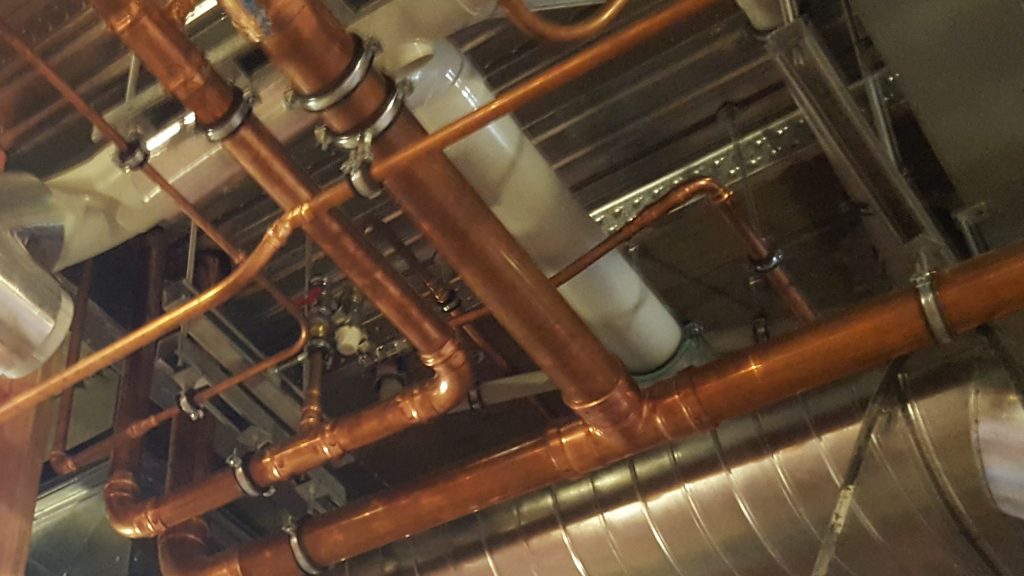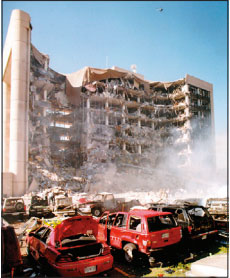Terrorism is not an easy or pleasant topic of discussion, but in this day and age, it is a reality that we need to be prepared for, rather than experience the consequences.
As building professionals, it is incumbent upon all of us to at least address the issue when we are engaged in our normal daily design processes. As we hear on the news daily, the enemy is getting more sophisticated with brains running their ill quests for the destruction of humanity. We need to be aware of our own vulnerabilities and potential risk.
There are rules we follow in relation to minimum distance between building fresh air intakes from toilet exhausts, sanitary vent pipes and other sources of objectionable odours. Thanks to dilution, these are not typically life threatening.
But, what if a terrorist released poisonous or radioactive gas into the fresh air intake of a large iconic building with large occupant densities? How safe are these fresh air intakes? Are they secure? Can they be quickly evacuated if detected?
Whilst New Zealand may seem removed from this, we are not immune. As some say ‘An ounce of prevention is worth a pound of cure.’
It is worthy to note that existing buildings with fresh air intakes that are impractical to secure can be protected. This includes the installation of sensor array, capable within milliseconds of detecting chemical, biological and radioactive acts of terrorism. The sensor array can immediately shut down the building ventilation system and sound the fire alarm to evacuate the building.
The above is only one scenario that we need to be considering.
The US Department of Homeland Security has a reference manual to Mitigate Potential Terrorist Attacks Against Buildings. We can assure you this manual is an eye opener and a must read.
Download it here: http://www.dhs.gov/xlibrary/assets/st/st-bips-06.pdf.
























